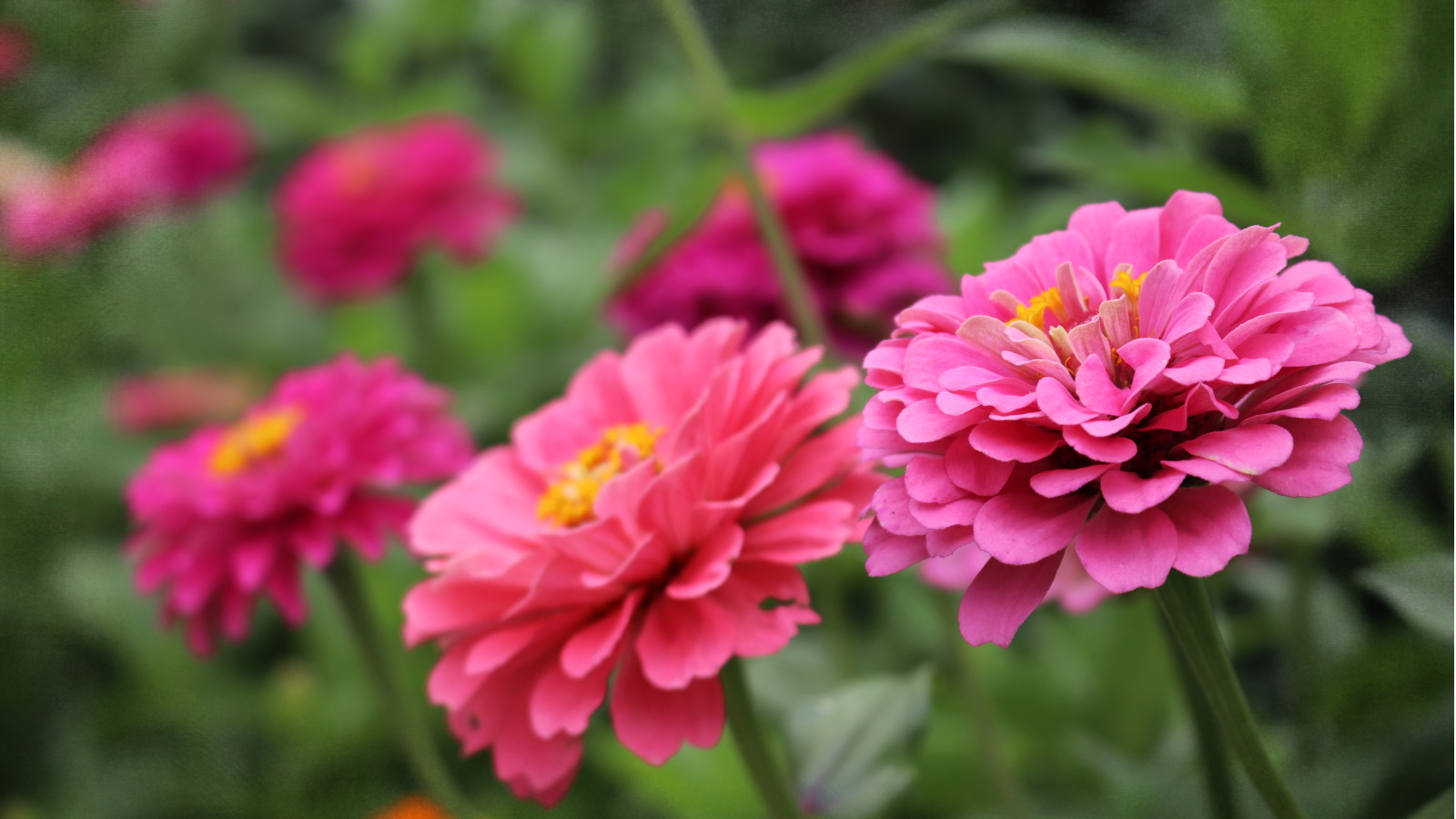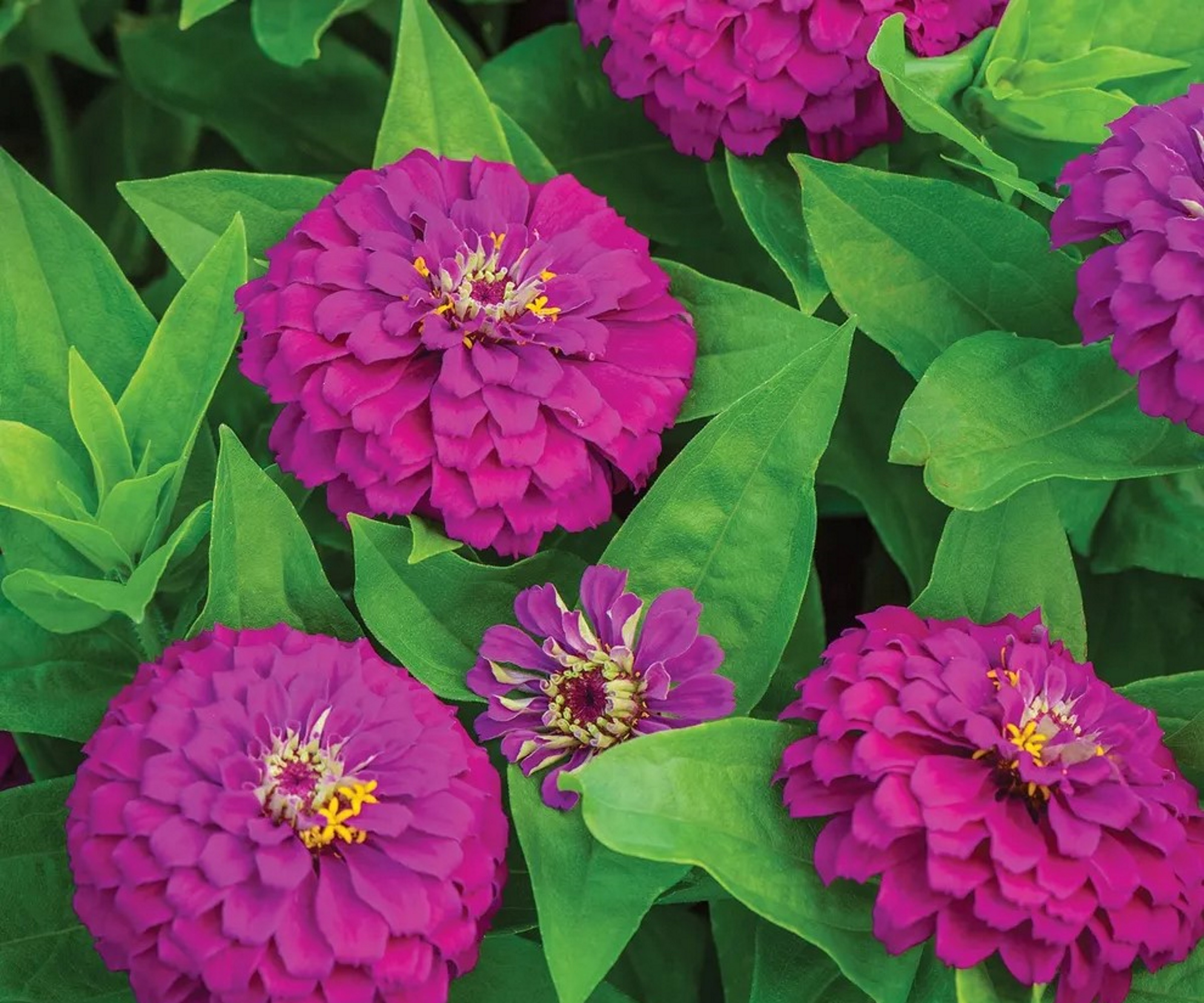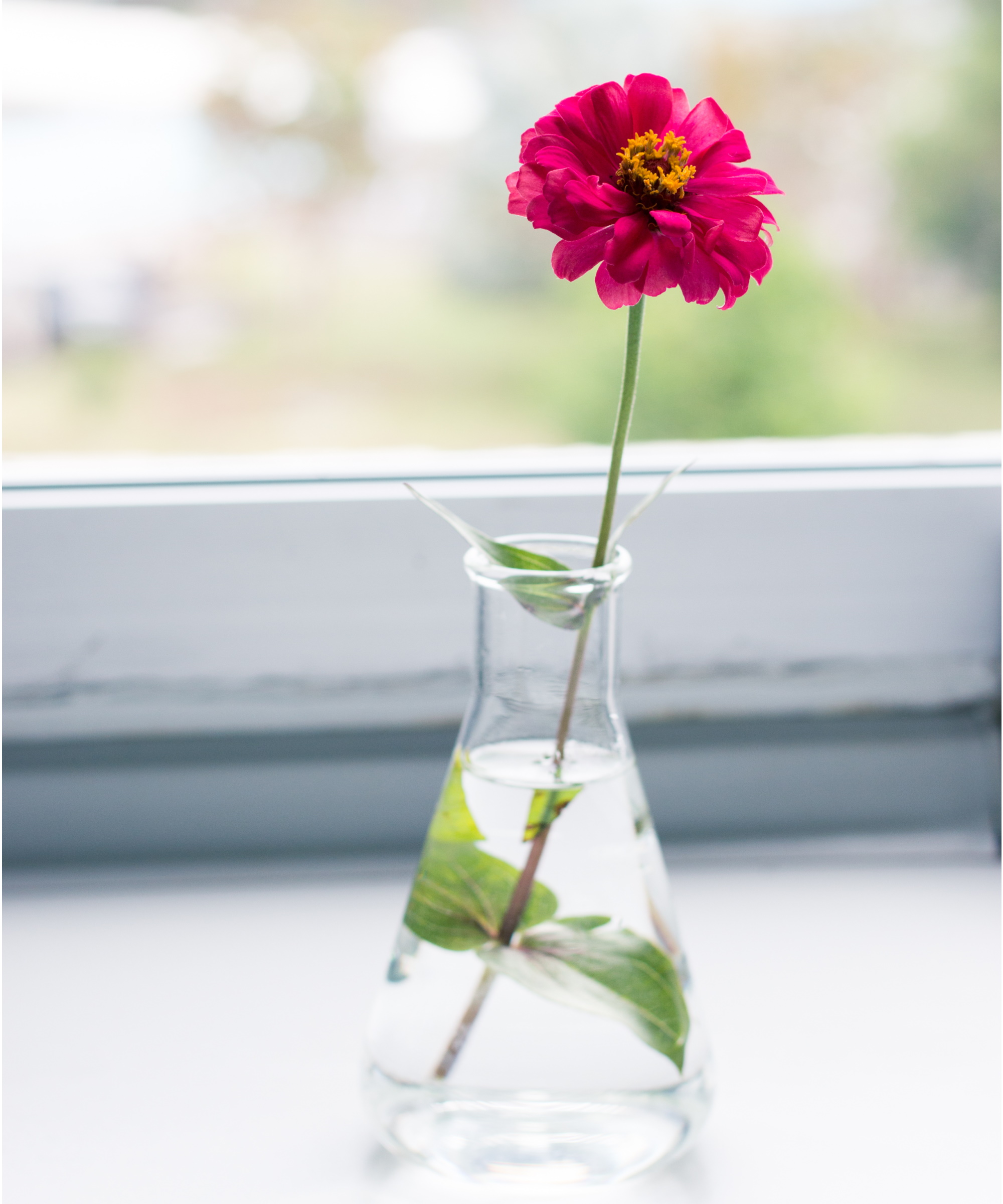How to propagate zinnias from cuttings – 3 easy steps to grow even more bright blooms
It's quite straightforward to multiply your summer display of zinnias and get more of these showy flowers for free


One of the best discoveries you can make as a gardening enthusiast is that you can grow new plants from existing ones, doubling the number of plants in your yard for free. Arguably some of the most satisfying to propagate are bright flowers, rewarding you with a larger collection of vibrant blooms to enjoy.
You might already know that it's easy to grow zinnias from seed and if you have these popular annuals in your backyard you'll be familiar with just how much they brighten your outdoor landscape from spring through to fall. The good news is that it's just as easy to propagate zinnias from cuttings and doing so will bring you more of these showy flowers without having to purchase more seeds.
Propagating zinnias is also one of the best ways to extend your late-summer flower display and enjoy more blooms in the same season. Not sure where to get started? I've spoken to flower growing experts who have shared their tips for propagating these impressive flowers from cuttings.

3 steps to propagate zinnias
Loved for their bright colors and long blooming period, it's no wonder many people collect zinnia seeds to grow again next spring. However, it's also possible to take zinnia cuttings and multiply your existing plants quite easily.
'Propagating by cutting yields double benefits: one, you grow an entirely new plant from the cutting, eliminating the lengthy germination-to-transplant stage of growth,' says Meredith Bishop, sustainable flower grower and owner of Bloom and Bounty. 'Two, the mother plant is left intact, and will produce two side shoots of blooming stems where there once was only one.'
Here are three easy steps to propagate zinnias from cuttings.
1. Take cuttings before zinnias flower

When it comes to propagating any plant from cuttings, you need to ensure you're taking cuttings correctly before you can begin the propagation process. For zinnias, flower growing experts advise taking cuttings before blooms appear.
Design expertise in your inbox – from inspiring decorating ideas and beautiful celebrity homes to practical gardening advice and shopping round-ups.
'Simply cut directly above a lower set of leaves when plants are at least eight inches tall, but anytime before a flower forms on the central stem will work,' says Meredith.
You should aim to make clean cuts above a leaf node, as this is where root development will take place. Ensure the cutting is around 4-6 inches long for best chances of successful growth.
It can be easy to take cuttings with essential gardening tools, like these gardening scissors from Amazon. Just take care to clean your gardening tools after use so that you don't risk the spread of pests and diseases.

Meredith Bishop is a sustainable flower grower specializing in old-world blooms grown from seed in her gardens in urban Nashville, Tennessee. She also operates a retail design studio in Nashville, and enjoys teaching, speaking and writing about all aspects of flower gardening.
2. Remove lower leaves from your zinnia cutting

One of the biggest propagation mistakes is not removing any lower leaves that will sit beneath the surface of soil or water. Leaving this foliage on the stem will just cause leaf rot and waste energy that can otherwise be directed to root development.
'Reduce leaves down, leaving only the top set of the cutting,' says Meredith. You can simply use your fingers to pinch these leaves off or opt for micro-tip pruning snips, available at Amazon, to cut them off.
You might choose to use a rooting hormone, available at Amazon, at this stage. This is a substance that contains chemicals and nutrients that replicate the hormones responsible for root development. While it isn't a necessity for zinnia propagation, experts say it can help if you choose to propagate in soil.
'Dip the cutting into rooting hormone and place directly into an individual pot filled with potting soil,' advises Meredith.
3. Place your zinnia cutting in water

It's also possible to propagate zinnia cuttings in water and it can be a preferred method for observing roots. Try using this propagation station from Amazon to display your cuttings beautifully and observe root development.
'Submerge the cut end in enough water to cover where the leaves were removed ensuring no leaves are underwater and place in a warm spot out of direct sunlight,' says Lisa Fontanarosa, flower grower and stylist. 'Change the water every couple of days and roots should appear within a week or so.'
Changing out the water is key to keeping your cutting healthy, removing dirt and debris. It's a common water propagation mistake and not changing it can impact root development.
You should keep your cutting somewhere warm and bright to encourage root growth and you might even find it helpful to use an indoor growing system, like grow lights and heat mats, to boost these conditions.
'After a few weeks when the plant has a robust root system, it can be transplanted into the garden,' says Meredith. You should then continue providing the best growing conditions so that your zinnia can establish well, including plenty of sun and consistent water levels.

Lisa is an experienced flower grower, flower stylist and interior stylist. She also has experience operating a lavender farm in New Mexico.
FAQs
When is the best time to propagate zinnias?
Propagation will always work best when the plant you are trying to multiply is in its active growth season. For zinnias, this means spring is the ideal time. However, it is possible to propagate zinnias at other points of the year, so long as you can provide sufficient light and warmth for root development. This might mean propagating them in a greenhouse, for example.
Can you divide zinnias?
Even though the easiest way to propagate zinnias is by taking cuttings and collecting seeds, it's also possible to divide zinnia plants. Simply lift zinnias out of the ground, taking care not to damage any roots. Remove excess soil so you have access to the root ball. You should then gently separate the root ball where it divides naturally, ensuring each new clump has a robust root system and healthy shoots. Plant each one up and provide optimal care to ensure your zinnia plants grow healthily.
Zinnias are some of the most impressive summer annuals to have in your backyard. You can multiply the number you have by taking cuttings and growing new plants for free.
Once your propagated zinnias have established, you might want to read our expert guide to keeping zinnias blooming so that you can extend the blooming time of your zinnia display into fall.

Tenielle is a Gardens Content Editor at Homes & Gardens. She holds a qualification in MA Magazine Journalism and has over six years of journalistic experience. Before coming to Homes & Gardens, Tenielle was in the editorial department at the Royal Horticultural Society and worked on The Garden magazine. As our in-house houseplant expert, Tenielle writes on a range of solutions to houseplant problems, as well as other 'how to' guides, inspiring garden projects, and the latest gardening news. When she isn't writing, Tenielle can be found propagating her ever-growing collection of indoor plants, helping others overcome common houseplant pests and diseases, volunteering at a local gardening club, and attending gardening workshops, like a composting masterclass.